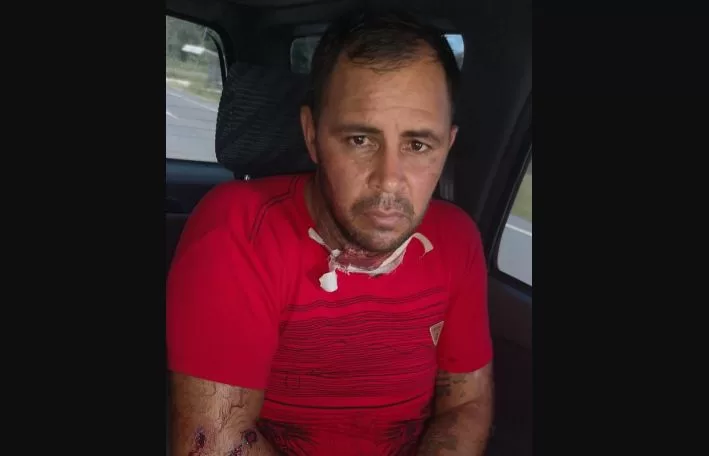A week after a deadly fire began that destroyed most of Lahaina’s historic town, many of the survivors were beginning to settle in hundreds of hotel rooms reserved for displaced locals.
Sniffer dog teams had covered about 25 percent of the search area, the Maui police chief said Monday. The governor, Josh Green, asked for patience and the leeway to do it properly, while requests to visit the affected area overwhelmed the authorities.
“For those people who have walked up to Lahaina because they really wanted to see it, know that you are most likely walking on iwi,” he told a news conference in Maui, using the Hawaiian word for “bones.”
Just three bodies have been identified so far and authorities would begin releasing the names Tuesday, Maui Police Chief John Pelletier said, asking people with missing relatives to provide DNA samples again.
Green warned that dozens more bodies could be found. The fire that consumed most of the historic city of Lahaina was already the deadliest in more than a century in the United States. The cause was being investigated.
Authorities suspended a system that had allowed Lahaina residents and others to visit devastated areas with police permits. Kevin Eliason said that when he was told to turn around, the line of cars with people waiting for a clearance stretched at least 3 miles.
“It’s crazy,” Eliason said. “They probably didn’t expect tens of thousands of people to show up here.”
The fire that swept through Lahaina last week destroyed nearly every building in the town of 13,000. That fire has been 85% contained, according to the county. The so-called Upcountry fire was 65% contained.
Authorities have warned that even after the flames are out, toxic substances could still remain in drinking water, after the fire released poisonous gases. This has made hundreds of people unable to return to their homes.
Red Cross reported 575 evacuees among five shelters Monday, including the War Memorial Gymnasium in Wailuku. Green said thousands of people would need housing for at least 36 weeks.
More than 3,000 people had registered to apply for federal aid, according to the Federal Emergency Management Agency (FEMA), and the number was expected to continue to grow.
“We’re not ruling anything out, and we’re going to be very creative in how we use our authority to help build communities and help people find a place to stay for the long term,” agency administrator Deanne Criswell said Monday.
FEMA also began providing $700 to displaced residents to cover the costs of food, water, first aid and medical supplies, Criswell said. The money was in addition to the amount residents could claim to cover the loss of homes and property.
The Joe Biden administration wanted to dedicate another $12 billion to the disaster relief fund as part of an additional funding request to Congress.
Meanwhile, the local power company was under fire for failing to shut off power as strong winds battered an area that was dry and at serious risk of fire. It was not clear if the company’s equipment had been a factor in the start of the fire.
Hawaiian Electric Co. Inc., Maui’s main power company, will cooperate with the state and do its own investigation, said its president and CEO, Shelee Kimura.
Kimura noted that the decision to cut off power requires considering many factors, including the impact on people who rely on specialized medical equipment. He also noted that shutting off power in the area of the fire would have put the water pumps out of service.
“Even in places where this has been used, it’s controversial and not universally accepted,” he said.
Fed by dry grass and fanned by winds from a nearby hurricane, the flames on Maui were moving as fast as a mile (1.6 kilometers) per minute at one point, according to Green.
As firefighters battled the flames last week there was a succession of complaints in court over access to water.
Some state officials said there was a lack of water for firefighters, something they attributed to a recent ruling in an environmental court. The prosecution concluded Monday that the ruling did not directly affect Lahaina’s water supply.
Judge Jeffrey Crabtree issued a temporary order Wednesday morning suspending the limits he had imposed for 48 hours. The judge also authorized water to be distributed at the request of Maui, county or state fire officials until further notice if he could not be located.
But that wasn’t enough for the state’s attorney, who later petitioned the state Supreme Court and charged Crabtree with lack of water to fight the fire. The state asked the court not to allow Crabtree to change the amount of water to divert or stop his restrictions until his petition is resolved.
The dispute was part of a long-running battle between environmentalists and private companies over the decades-old practice of diverting water from the island’s eastern streams, begun during the past from sugar plantations in the archipelago.
___
Kelleher reported from Honolulu and Weber from Los Angeles. Associated Press writers Haven Daley in Kalapua, Hawaii; Beatrice Dupuy in New York; and Josh Boak in Washington contributed to this report.
___
Associated Press climate and environmental coverage receives support from several private foundations. AP is solely responsible for all its content.
FOUNTAIN: Associated Press



